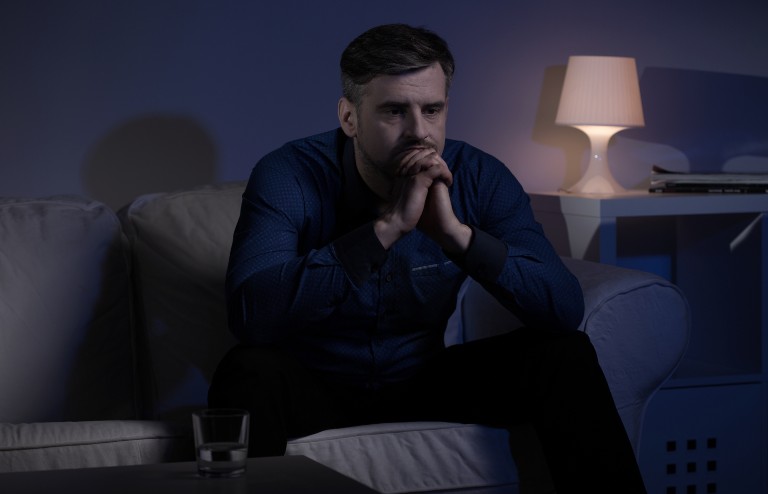Trauma
Trauma
Trauma is not an event. Trauma is our ongoing response to traumatic events.)
Trauma is stored in our unconscious mind and in our body. Our whole being continues to respond to the trauma, as if it is happening NOW, as if it is still going on.
We are often not consciously aware that we’re still responding to past events. We just experience the physical and emotional responses of our system being continuously triggered in the Fight Flight Freeze high stress response – in the hyperaroused Fight Flight response of anxiety, or the shut down survival Freeze response of depression.
When we hear the word ‘trauma’, many people immediately think of war, torture, refugees, emergency services and, perhaps, natural disasters.
However, there are many other forms of trauma. There are big ‘T’ traumas and small ‘t’ traumas. There are catastrophic and more everyday traumas.
We achieve the best understanding when we take away the word ‘trauma’ altogether. When we replace it with ‘distressing events’ we get the broader view – the school teacher who humiliated us in front of the class, the critical parent, the bullying sibling, harassment at work, the medical diagnosis…
In a system that’s out of balance, these unresolved distressing events can build up within us over time. They are accumulative. They can build up like the pressure in a balloon – that distressing event when I was 4 years old, that one when I was 9, when I was 12, 17, 26, 34…

There is only so much stress that can be put on a system before it cracks, before the balloon blows out.
The TRTP model views anxiety, depression, PTSD etc. as symptoms of a system, out of balance, that is under too much pressure.
What sits behind these issues, is dreadfulness that has happened in the past that has not been stored properly in memory. These unresolved events are instead stored in our unconscious and in our body. They continue to play out within us. Our body continues to behave as if those events are still happening.
We’re often not consciously aware of this. It can all go on outside of our conscious engagement.
TRTP, The Richards Trauma Process, is a therapy that was created in order to resolve trauma-related issues.
It resolves the trauma, the distressing events where they are stored – in the unconscious and in the body.
Frequestly Asked Questions
Trauma is not stored in the conscious mind. Trauma is stored in the subconscious mind. TRTP™ works where the trauma is stored and addresses it there – in the subconscious mind.
TRTP™ also arrests client self-sabotage before it begins. It does this in the first session, by changing the unhelpful negative unconscious core beliefs to the positive. For example, if the unconscious has the belief , ‘It’s not safe to get well’ – self-sabotage will be the result. The unconscious will keep the client safe, according to its own beliefs. If this unconscious core belief is changed to ‘It’s safe to get well’ – then obviously, a positive outcome will be achieved more quickly, without the unconscious attempting to keep the client ‘safe’ in unwellness.
The biggest difference between TRTP and other modalities is the extraordinary, positive client outcomes.
As Norman Doidge, of brain plasticity renown, says, ‘When you’re on the cutting-edge, you don’t have time to sit in research projects for years. You just get on with it, otherwise, you are no longer on the cutting edge. ‘AND we at TRTP have our first research projects underway.
We have been teaching TRTP™ for a short time. We are embarking on our first pilot study. This study is being designed / overseen by members of our graduate community.












